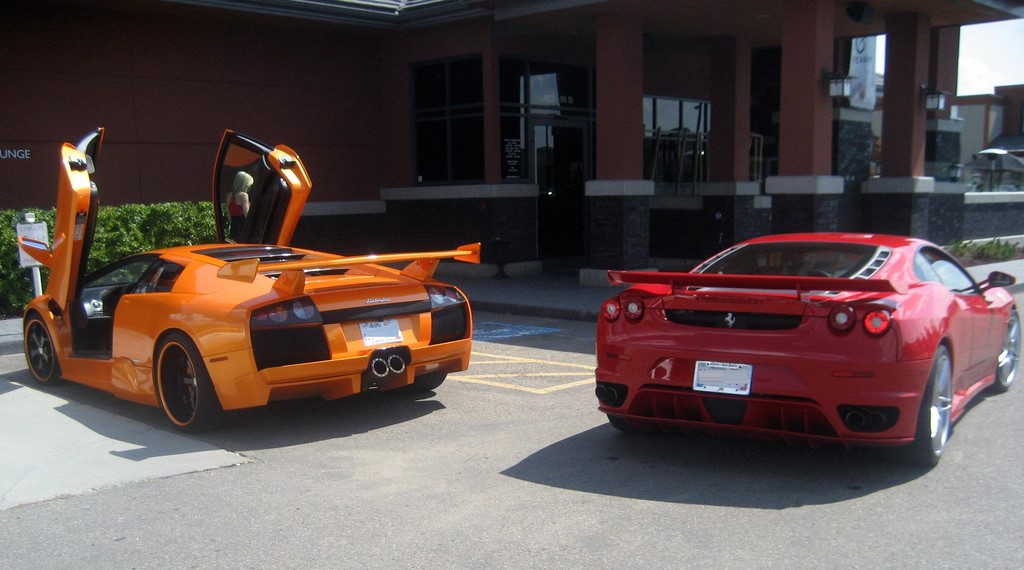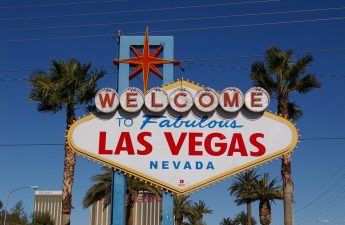Most tourist-oriented cities and towns have large paid parking lots in close proximity to historical centers. Appropriate signs and color markings on the road indicate parking spaces on the streets. Parking signs will tell you whether you are required to pay for parking and how you should do it. When you are using avr van rental las vegas, pay attention to this fact as well. Each European country can also have its own rules and peculiarities. Read more below.

-
The Netherlands
In the Netherlands, the government approved a project to create not just underground multi-storey car parks, but the whole cities – parking lots under the center of Amsterdam with washers, car shops and even sports halls, swimming pools and cinemas. Under the city center, it is proposed to build six underground floors, which will solve the problem of lack of free space in the city center. At the time of construction, it is proposed to drain the famous Amsterdam canals, and use them as access roads, and at the end of the working- to fill them with water again. The project will require 20 years and more than 10 billion euros.
-
Denmark
In Denmark, the best of the pilot projects to address the parking issue in the residential area has been carried out. The shape of the structure resembles the platform of a large stadium, where, instead of benches, there are stepped terraces, under which there is a parking lot. The building is immersed in green spaces, which should compensate for the possible occurrence of exhaust gases (in Europe it is forbidden to have parking near the residential area), although it is provided with powerful ventilation and excellent insulation.
-
Germany
In Germany, engineers came up with parking cars right at home on a special balcony. Moreover, this option of the garage does not exclude the presence of the usual balcony, winter garden, if the owners wish it. Thanks to the ascent and descent on a special elevator, the car will be practically in the apartment.

-
The Czech Republic
Parking in the center of Prague will bring many difficulties if you in advance do not find out a few nuances. First, you need to find a free parking place. It is not so simple, as the streets are too narrow. Then you need to find out which zone you are in. The cost and the permitted duration of parking depends on it. The entire territory of the central districts of Prague is a paid parking zone. Parking in these areas is divided into three zones, which are indicated by a specific color: orange, blue and purple. Below, you can read about these areas more detailed.
-
Italy
Each commune in Italy has its own parking rules. Therefore, you should always look at the signs around. It is not possible to cover all the cities of Italy, but here are some tips from experienced travelers around Italy:
- You should not look for parking close to the center of the city – the driving time through the narrow streets could take more than walking this distance.
- Be careful when parking in large cities, like Florence. White lines can mean free parking for locals only.
- In the center of Verona, the number of parking spaces is limited. The cost of parking on them ranges from € 1 to 2 per hour. On the map of the city center, you can see the location of these parking lots. There are also free parking spots, but they are somewhat removed from the center. The nearest one is next to Porta Palio Square.
- In Rome, there are many multi-level underground parking lots, over which gardens and playgrounds are laid out.
- Parking may be busy – everyone wants to drive closer to the historic center and especially during the high season.
Types of colored parking areas
-
Blue parking area
The blue zone (for residents) is a zone intended for use by residents living in the area. It is indicated by a blue stripe on the road surface. Only residents with a valid parking permit and a paid subscription can park in the blue zone. Those, who do not have the appropriate permission, can use the blue zone for parking only after paying through the web application, as there are no parking machines. In this case, the duration of the parking should not exceed three hours.

-
Orange parking area
The orange zone (for visitors and guests) is a zone of short-term parking for a maximum duration of up to three hours. It is marked by a broken white line and a road sign with an orange stripe. Payment for parking is made using a web application or in a parking machine. Working hours and prices for parking are indicated on the information panel next to the entrance to the parking lot. Parking in the orange zone is payable on weekdays, and on some streets it is paid on Saturdays and Sundays (opening hours are indicated on an additional plate). On holidays and weekends, parking in the orange zone is free.
-
Purple parking area (mixed)
Purple zone (mixed) is a combination of blue and orange zones. It is marked by a broken white line and a road sign with a purple stripe. Owners of a valid parking permit can use the purple zone without restriction. In the absence of such permission, the parking time should be a maximum of 24 hours. You can pay for parking through a web application or in a parking machine.
-
White parking area
Free parking is colored white. In large cities, white line markings mean free parking on the street, but they may be limited in time. The parking sign will tell you how long you can stay on this parking lot and whether you need to install a parking disc. Set the parking start time on the parking disc and place it on the dashboard under the windshield. You must return within the time limit indicated on the sign.
Parking is payable on weekdays (Monday through Friday) from 08:00 to 20:00. This time may vary depending on the city and different places of the city (in this case, working hours are indicated on an additional plate). The rest of the parking time is free. The closer to the center, the more expensive – staying a little further you can save a little.

